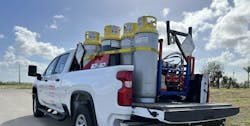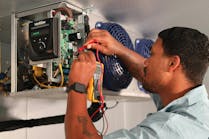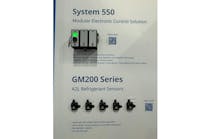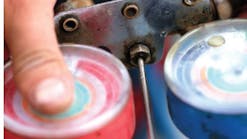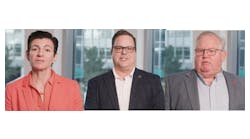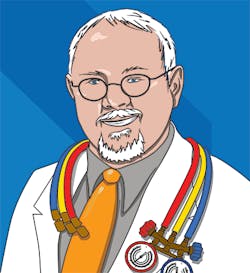4 Areas to Consider as the AIM ACT Kicks In
It’s 2022, and with the first part of the US AIM Act in effect, there are both immediate impacts to our industry with more coming down the road. While the HFC production allowances for the next few years have been published, other details on both sector controls and HFC handling/reclaim may not be communicated for months or years. To get started, here are 4 key things you can do now:
1. Stay Informed
While information will continue to emerge on the AIM Act regulations, not all specifics are known, and it will be important to educate yourself and remain informed. Set up news feeds, follow the top industry channels and prepare your business for several years of education and adaptation as details continue to emerge.
2. Emphasize Best Practices
Now is a great time to double down on training and implementation on areas such as leak repair, preventive maintenance, and other best practices including recovery and reclaim. Managing the HFC phase down will require help from the entire industry to efficiently manage the phase down going forward.
Now is a great time to double down on training and implementation on areas such as leak repair, preventive maintenance, and other best practices including recovery and reclaim.
3. Evaluate Refrigerant Retrofits
For many of your customers, changing refrigerants to lower GWP options like HFO blends will be the best way to manage existing assets while meeting regulatory and sustainability goals. Component and refrigerant manufacturers have engineering guidelines and technical support available to assist with refrigerant4. Prepare for A2L Refrigerants
While the transition to mildly flammable, A2L refrigerants in new equipment is in the early stages in the US, its not too soon to become familiar with the changes coming. Many industry groups are rolling out A2L training for technicians and contractors on the differences, what will change, properties, handling, and tools required for safely using A2L refrigerants.
